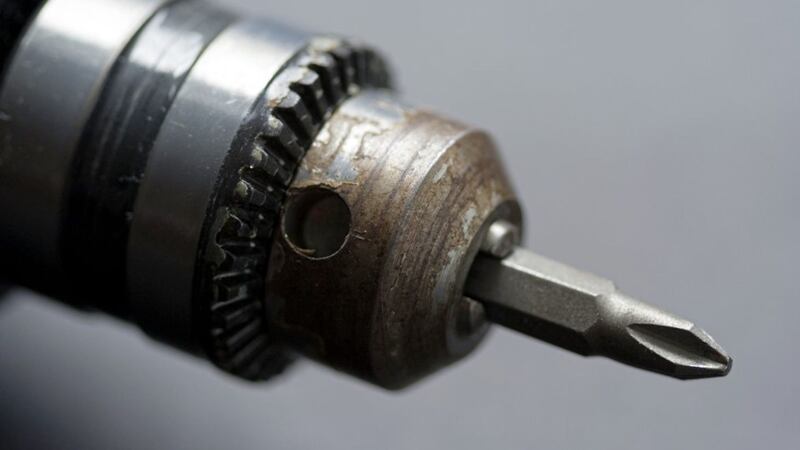THEODORE Levitt was an economist and a Harvard professor. He is credited with making an observation along the lines that ‘people don’t want to buy a quarter-inch drill, they want a quarter-inch hole’.
Think about it. We don’t just buy a work object for the sake of it, something to place on display alongside the pictures and ornaments in the living room. We buy a drill because we have an end purpose in mind: we want to drill a hole. There is inevitably a purpose behind the purchase. Now what advertisers and manufacturers do is to try and convince you that their product is the one which you should use to drill that hole, but essentially the need must be there in the first place.
Now let’s imagine the owner (or chairman) of a football club buying a player just because they are high profile, because they are on the cover of a video game, so they think the fans will see it as evidence of the club’s ambition (or because they think it will increase shirts sales).
The poor manager is then left with a sinking heart, yet having to smile to the media, realising that they now have someone who cannot be dropped, but does not fit into their style of play. He now has to build the team around this new addition, with potentially disastrous results for the existing cohesion and harmony, possibly seeing a title challenge slip away.
Or imagine a manager who clamours for the latest Balon d’Or winner, who shone in the previous year’s Champions League. However, that manger hasn’t actually thought about how he will integrate this new player into the team. He subsequently asks the player to adapt to a new style of play, or a new formation, perhaps in a position alien to them, far from what made them successful with their previous club and which clearly will never bring the best out of the player. Everyone suffers.
In both cases neither the chairman nor the manger have given enough advance consideration to the far side of the transfer; how that player will fit into, and produce results for, the team. Instead, they focus on the player’s skills and qualities in isolation, hoping everything will work out okay, simply because the player has shown they have excelled elsewhere.
How does this translate to the world of HR I hear you say? Well, I’m glad you asked.
Often, we see companies buy a HR system or implement a process having been seduced by the marketing and the hype. In thrall to all the wonderful things it can do, then having to try and change what they do in their workplace around the product they have just bought. Or perhaps ending up using 25 per cent of the new systems capability, because they have not thought through whether they need all the additional features that seemed so good at the time, so all the bells and whistles sit gathering dust.
Typically, the issue is that companies fail to fully analyse and understand the end goal first, they don’t truly think about what it is they wish to achieve and therefore don’t work backwards to find a technology or system that fits. They don’t analyse what they currently do and see if its needs major change or minor adjustment. They don’t think about how easy or difficult it will be to introduce change (if necessary).
So, when thinking about a new HR system, a new performance management procedure, or a new training package (for example) come at it from the far end. Think about what results you want or need. Think about who will be using it, what technical skills they will need, or what training. Then think about what results this new ingredient in the mix is likely to provoke.
Do you want complete change, as the old version is not working well at all? Something fresh that will be able to steer your team in a different (hopefully) more positive direction? Perhaps everything is already working well, and you just need a system that complements what you currently do, but helps you do it a little easier or faster.
Reverse engineering is the key: start with what the desired outcome is then work backwards to see what you need to achieve that. Then search for the product which delivers what you have identified.
You only need to buy a quarter-inch drill if you require a quarter-inch hole.
:: Barry Shannon FCIPD is a specialist in HR matters








